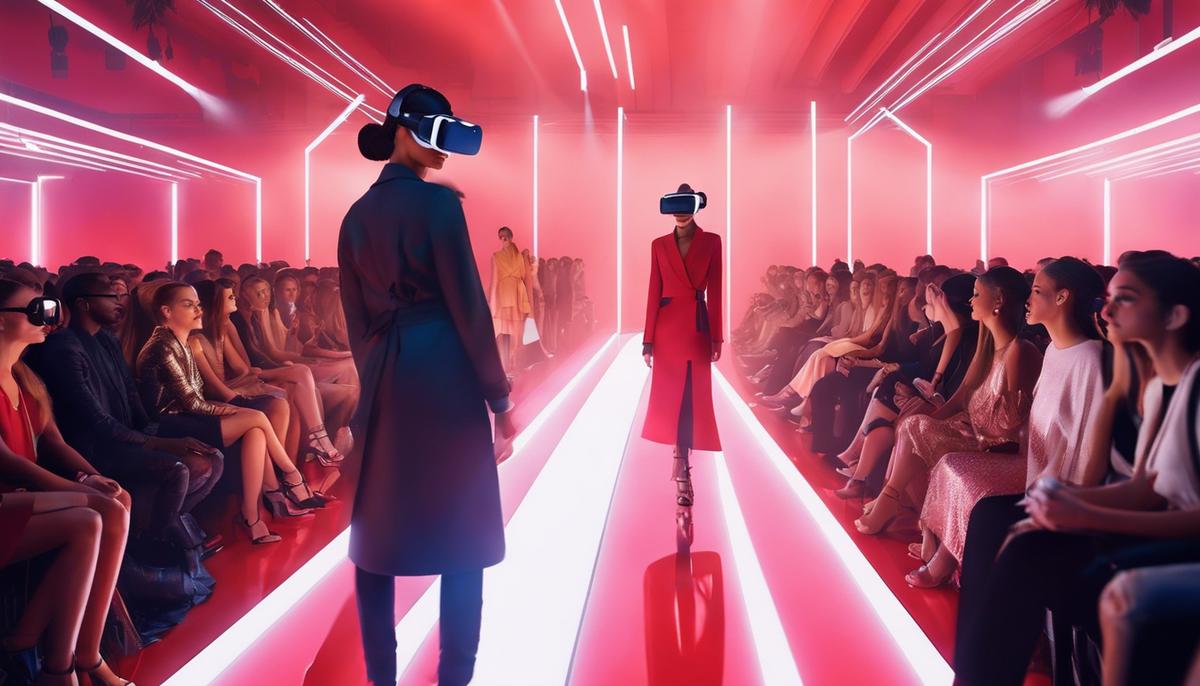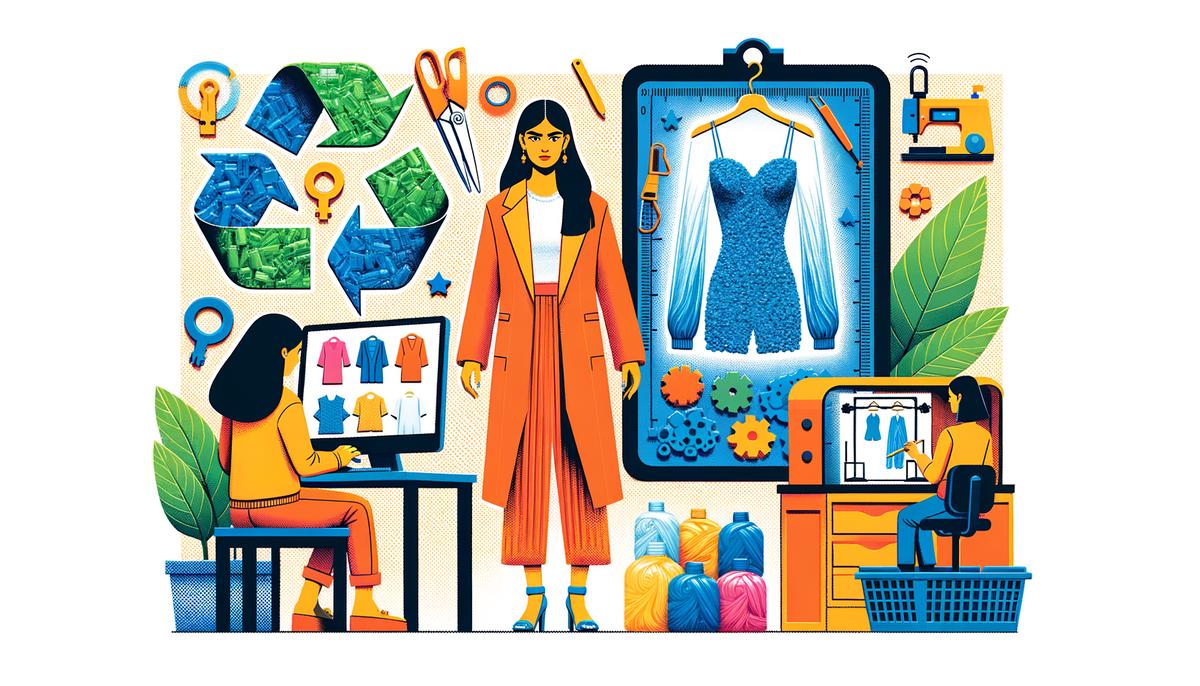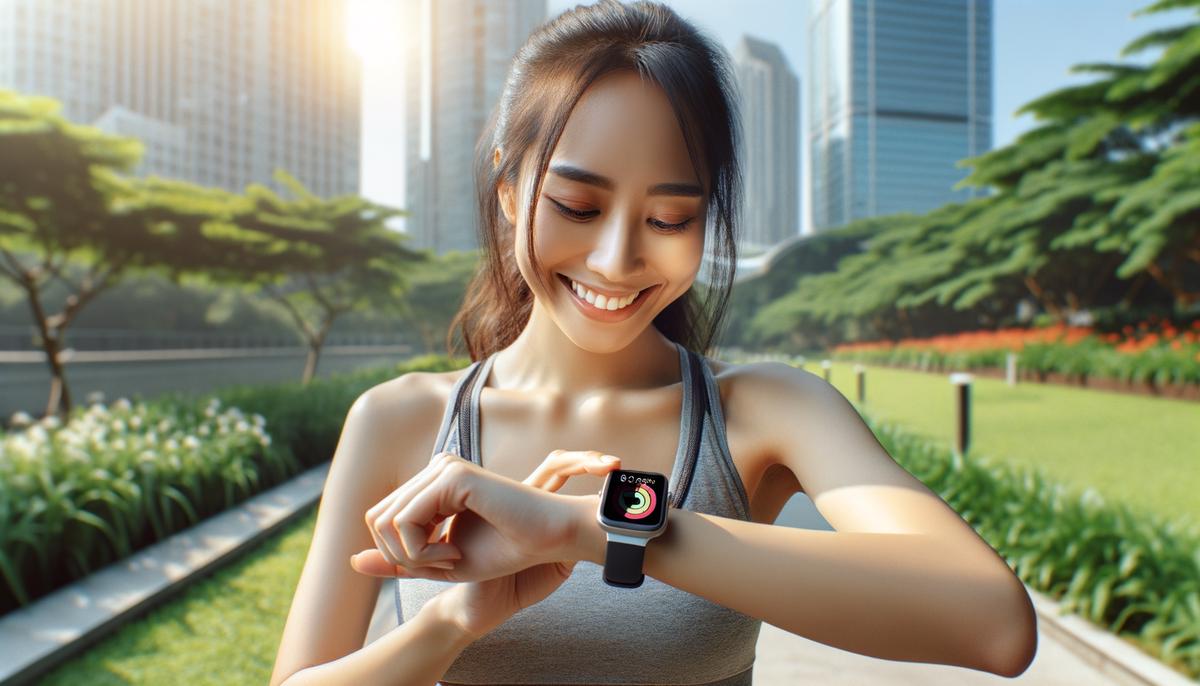The world of haute couture has entered a revolutionary era where the art of the fashion show is undergoing a radical metamorphosis. Embracing the cutting-edge realms of Virtual Reality (VR) and digital platforms, fashion’s vanguard is redefining what it means to display creativity and craftsmanship to an audience that is no longer bound by physical spaces. The evolution of fashion shows is not just a story of technological advancement but a narrative of connection, immersion, and expansion. As VR paves the way for designers to parade their creations across an innovative digital stage, a real-time global experience emerges. This essay ventures into the heart of this transformation, investigating its implications for businesses, sustainability, consumer dynamics, and the broader future of the industry.
Evolution of Fashion Shows
The Next Wave in Fashion: Virtual Reality Takes the Runway by Storm
In an industry that thrives on innovation, Virtual Reality (VR) is the game changer that’s transforming fashion shows from exclusive, invite-only events into immersive experiences accessible to anyone with a VR headset. Leading-edge entrepreneurs are already harnessing this technology to revolutionize the runway, enhancing both the reach and impact of their brands in ways previously unimaginable.
Say goodbye to physical boundaries. VR allows global spectators to virtually attend shows from the comfort of their homes, not missing a beat (or a stitch) of the latest collections. This virtual front-row seat isn’t just for the elite anymore—fashionistas across the world are now able to engage with live fashion shows, blurring the lines between spectator and participant.
The interactivity that VR provides is a colossal leap from traditional shows. Viewers can examine outfits in 3D, experience the fabric’s texture as if they’re close enough to touch it, and watch models strut from every angle. This sensory-rich experience doesn’t just showcase the fashion; it builds an emotional connection with the viewer, intensifying the allure of every piece presented.
But VR isn’t just altering how audiences witness fashion shows; it’s also an avant-garde tool for designers. By employing VR in the design process, creators can experiment and visualize their designs in a three-dimensional space long before the first prototype is manufactured. This innovative approach saves time, reduces waste, and enables unlimited creative expression.
Moreover, VR fashion shows can be a lucrative avenue for merchandising and retail. With direct-to-consumer features embedded in the VR experience, instant purchasing of runway pieces becomes a reality—tap a button and the latest trends move from the runway to a shopper’s wardrobe, all in real-time. This is a game-changer for turning the excitement of a new collection launch into immediate sales.
In the age where digital reigns supreme, and sustainability concerns loom large, VR fashion shows are a beacon of the future. They cut down on the environmental toll of producing large-scale events and reduce the necessity for extensive travel. Forward-thinking firms are quick to adopt, recognizing the efficiency and potential for a broader, more engaged audience.
The integration of VR into fashion presentations is more than a trend; it’s a bold stride into a new era. Fashion has always been a reflection of the times, and the current times are digital, connected, and immersive. Embrace the virtual catwalk, and watch as it revolutionizes the runway, democratises fashion, and opens up a world of possibilities for both designers and consumers. Welcome to the future of fashion, where imagination meets virtually limitless potential.

Business Implications of Virtual Runways
Leveraging Digital Platforms for Enhanced Brand Engagement in Fashion
The domain of fashion has always been synonymous with dynamism, constantly adapting to technological revolutions to enhance the consumer experience. Today, the spotlight shines on digitally hosted fashion events, a marketplace ripe with opportunities for innovative brands looking to engage with a global audience.
Understanding the audience’s hunger for convenience, digital fashion events are poised to revolutionize attendance. Gone are the days of exclusive, invite-only shows. Now, the front row is virtual, and everyone has a seat. This inclusivity not only broadens the consumer base but also amplifies brand exposure exponentially.
With information overload being the norm, consumers yearn for personalized experiences, and digitally hosted fashion events are answering the call. These platforms are not just about broadcasting a pre-recorded catwalk; instead, they can engage viewers through real-time interactions such as live chats, instant polls, and direct feedback channels. Consumers can be part of a community, discussing and sharing the spectacle as it unfolds. This two-way engagement is the cornerstone of building brand loyalty in the digital age.
Advancing beyond the confines of traditional fashion shows, these digital arenas also become hotbeds for consumer data analytics. Brands can dissect viewer interactions, gaining invaluable insights into preferences and behaviors, crucial for targeted marketing and product development. This data-driven approach enables a nimble strategy, adapting to trends with speed and precision.
Moreover, the realm of e-commerce integration within these virtual events provides a seamless transition from spectacle to sales. Viewers can shop the runway instantaneously, a feature that caters to the growing demand for instant gratification among consumers. Such capabilities not only boost sales but also forge a strong connection between the spectatorship and consumerism aspects of fashion.
Finally, recognizing the conscious consumer, these digital platforms serve as a testament to a brand’s commitment to sustainability. By minimizing the carbon footprint associated with physical events, brands can boldly align with eco-friendly practices – a marketing leverage point that resonates strongly with the value-driven shoppers of today.
In conclusion, the trajectory of digitally hosted fashion events is steeply ascendant, promising a fertile ground for brands to cultivate consumer relationships, enhance engagement through interactive experiences, glean data for strategic maneuvering, and champion a greener approach to fashion. As the industry’s fabric is rewoven with digital threads, those who harness these opportunities will undoubtedly emerge as the vanguards of the fashion frontier.
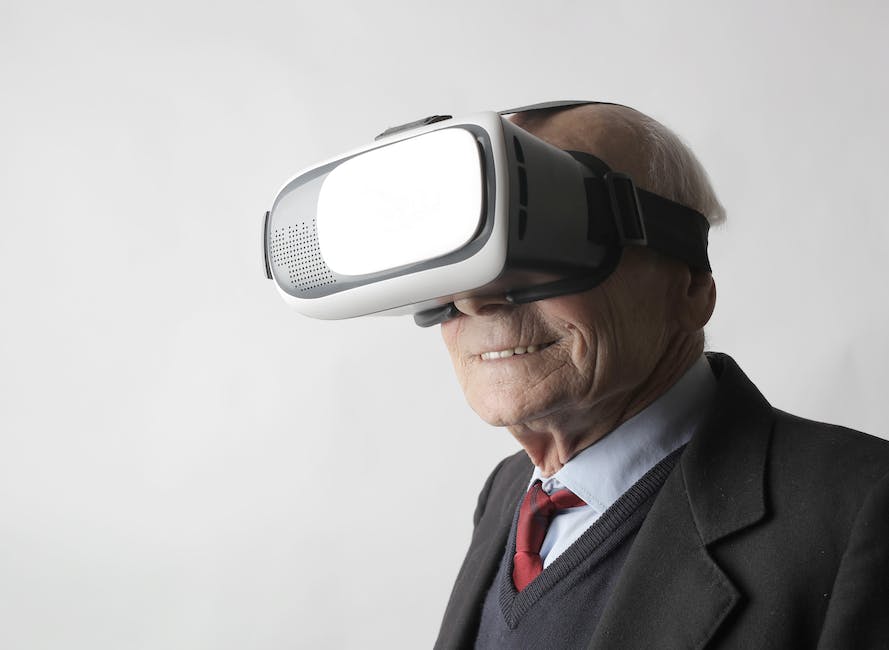
Sustainability and Ethics
Shifting the Paradigm: How Virtual Showrooms Revolutionize the Buying Experience
The fashion industry often finds itself navigating the crossroads of glamour and practicality. Virtual showrooms are more than just a high-tech gimmick—they’re a game-changer for the retail ecosystem. By transplanting the tactile experience of fabric selection and outfit trials into the digital domain, virtual showrooms are reshaping the traditional shopping journey.
Imagine the convenience of sampling an entire clothing line from your living room. Virtual showrooms break down geographical barriers, allowing buyers to preview collections without stepping foot outside. The forward-thinking showroom doesn’t just show products; it provides detailed information, from the fabric weave to the care instructions, at the click of a button. This innovation is about delivering a smarter, more informed purchasing process.
The fashion industry prides itself on being at the forefront of innovation, and virtual showrooms are proving to be a major asset in streamlining buyer-seller interactions. By connecting through digital platforms, sales teams can present their latest offerings in dynamic, customizable formats. Picture the efficiency of cycling through color variations and design alterations without needing to produce excessive samples—a practice that aligns with lean inventory approaches and contributes to a leaner environmental footprint.
And let’s talk scale. Virtual showrooms are not confined by physical space, providing an opportunity to showcase a more extensive selection without the constraints of a physical inventory. This level of choice amplifies the customer experience, providing personalized, curated selections that pique buyer interest and drive decision-making, all while circumventing the costs and space demands inherent in traditional retail environments.
Embracing such technology also opens doors to data-driven decision-making. By tracking how customers interact with virtual displays, fashion brands can glean valuable insights into consumer preferences, helping tailor future collections and marketing strategies. In essence, every click, every view, and every second spent on an item is a piece of the puzzle that crafts a more customer-centric approach.
Furthermore, the superior visual and informational content available in virtual showrooms is setting a new benchmark for customer engagement. The experience is no longer transactional; it’s educational and interactive. Brands that capitalize on this shift can develop a deeper rapport with their audience, creating a sense of loyalty that transcends the mere exchange of goods.
In conclusion, as a smart blend of technology and traditional retailing, virtual showrooms are shaping up to redefine the fashion industry’s approach to sales. They aren’t just complementing physical stores—they’re carving out their own place in the retail hierarchy. For brands looking to stay ahead of the curve, now’s the time to harness the potential of virtual environments and transform the consumer experience. The future isn’t knocking; it’s already here, and it’s virtual.
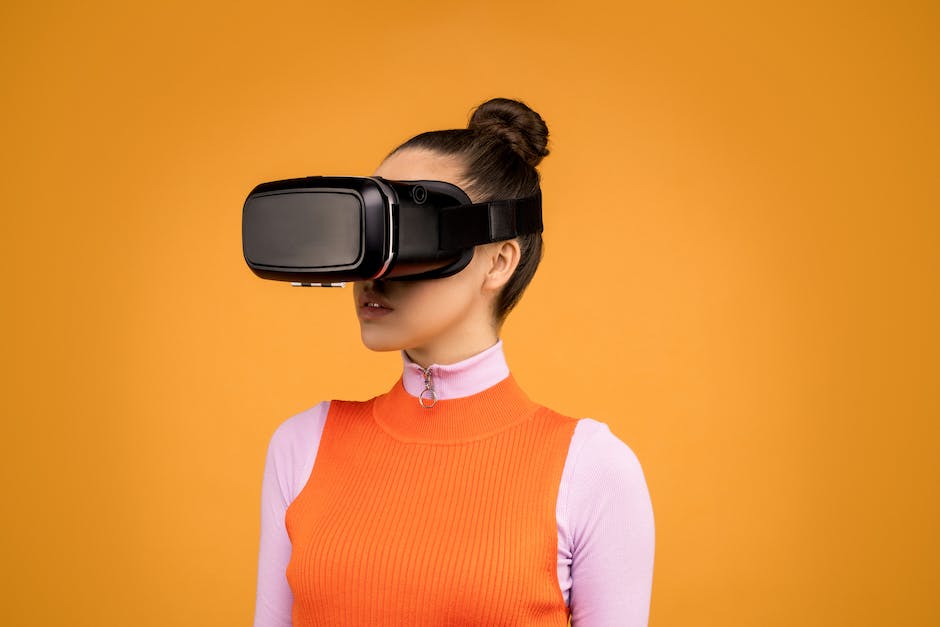
How Can Virtual Reality and Digital Stages Enhance the Presentation of Haute Couture Fashion?
Virtual reality and digital stages can elevate the presentation of haute couture fashion by providing an immersive and innovative experience for audiences. The integration of technology can help designers reach a wider audience while balancing the economics of haute couture and maintaining the luxury experience.
Consumer Behavior and Digital Engagement
As digital engagement continues to revolutionize the fashion sector, one must recognize the transformative role of social media influencers. These pivotal figures bridge the gap between brands and audiences, tailoring marketing strategies with an authentic touch. By endorsing products on various platforms, influencers directly influence consumer purchasing behavior, nurturing an ecosystem where trends can go viral in a blink.
Furthermore, there’s an emergence of personalized avatars and digital dress-up, enabling consumers to preview outfits on their virtual selves before making a purchase. This innovation accelerates decision-making, pushing the boundaries of customization, and enhancing user satisfaction.
Next, consider the skyrocketing growth of fashion apps and mobile commerce. With smartphones in nearly every pocket, consumers expect seamless transactions from browsing to checkout. The adoption of digital wallets and one-click purchasing simplifies the buying process, turning whims into transactions with unprecedented speed.
Lastly, let’s not overlook the gamification of fashion. By incorporating elements of play and competition – think exclusive rewards, loyalty points, and interactive challenges – brands amplify consumer engagement, encouraging repeated interaction with their digital platforms.
In essence, the modern fashion landscape is a symphony of innovation where digital engagement reigns supreme. As the barriers between the virtual and physical continue to blur, those at the industry’s forefront are not merely spectators but active participants in shaping the future of consumerism in fashion.

The Future Landscape of Fashion Shows
Building on the myriad advancements that have taken our industry by storm, we must now turn our attention to the horizon where artificial intelligence (AI) and machine learning are poised to revolutionize the digital fashion show platforms even further. These technologies offer predictive analytics tools that will transform inventory management, enabling fashion brands to anticipate demand more accurately and reduce overproduction, thus contributing to ethical and sustainable practices that the modern consumer demands.
Blockchain technology is another frontier. Within the sphere of digital fashion, it guarantees authenticity and ownership, particularly for high-value items in virtual realms. This will be instrumental in combating counterfeits and establishing digital clothing as a legitimate asset class, appealing to an audience that values exclusivity and security.
Advancing further, augmented reality (AR) will soon allow consumers to try on garments virtually before making a purchase. Imagine a scenario where a shopper points their smartphone camera at themselves to see how a new shirt fits—all without stepping into a physical store. This seamless way of shopping will heighten the consumer experience, driving conversion rates and fostering brand loyalty.
To capitalize on these emerging technologies, partnerships between tech companies and fashion houses will become ever more crucial. Collaborations allow for the exchange of innovative ideas and the blending of expertise to create products and services that stay ahead of consumer expectations and industry trends.
Finally, expect to see a surge in digital-only clothing—items that exist purely in the virtual sphere but are as coveted as tangible apparel. The implications for the digital identity economy are monumental as consumers seek to enhance their presence across social platforms with exclusive, sustainable, and unique digital fashion pieces. These digital garments will open up new revenue streams for fashion brands willing to dive deep into the virtual realm and embrace a new demographic of digital-native consumers.
The landscape is changing and the businesses that recognize the potential of these technologies and trends will lead the way in the fashion industry’s digital renaissance. Keep innovating, keep evolving, and the virtual catwalk will be wherever you want it to be.

As we navigate a world where the digital and the physical interlace with increasing finesse, the fashion industry stands at the precipice of a new dawn. The digitalization of fashion shows is carving paths for more than just style and luxury—it is setting the stage for ethical practices, sustainable choices, and unprecedented consumer interaction. The fascinating interplay of technology and trendsetting designs promises a future where the allure of fashion is accessible to anyone, anywhere, with just a click or a swipe. This exploration of the virtual and digital shifts in fashion is a testament to the industry’s resilient spirit of innovation, signaling a stylish and smart runway that leads into tomorrow.







